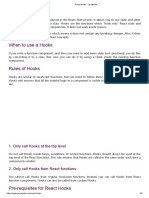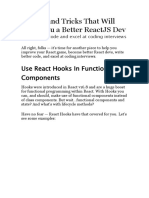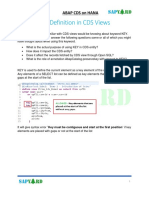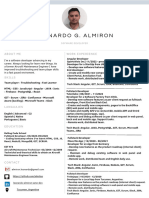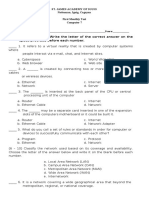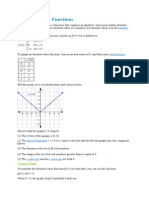0% found this document useful (0 votes)
31 views14 pagesComprehensive Guide to React Hooks
react info
Uploaded by
jbri1395Copyright
© © All Rights Reserved
We take content rights seriously. If you suspect this is your content, claim it here.
Available Formats
Download as PDF, TXT or read online on Scribd
0% found this document useful (0 votes)
31 views14 pagesComprehensive Guide to React Hooks
react info
Uploaded by
jbri1395Copyright
© © All Rights Reserved
We take content rights seriously. If you suspect this is your content, claim it here.
Available Formats
Download as PDF, TXT or read online on Scribd
/ 14



